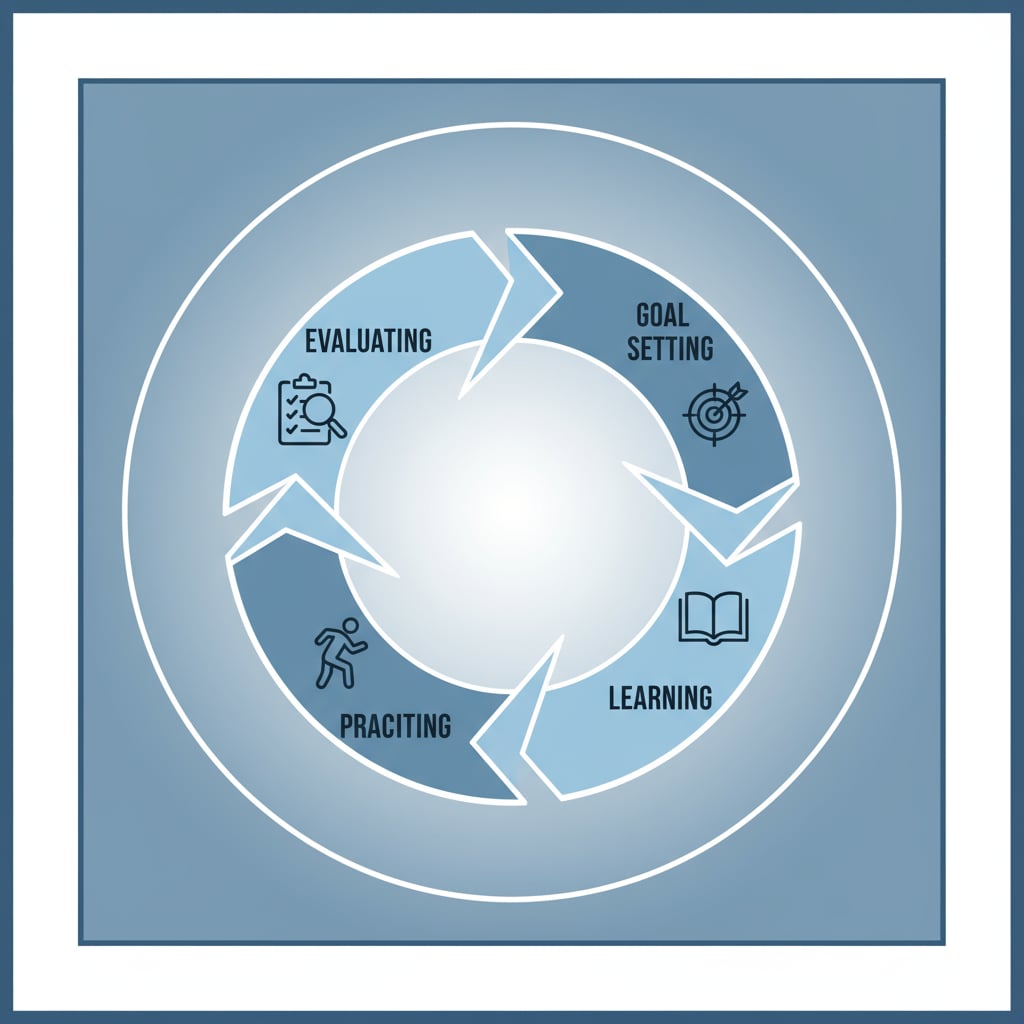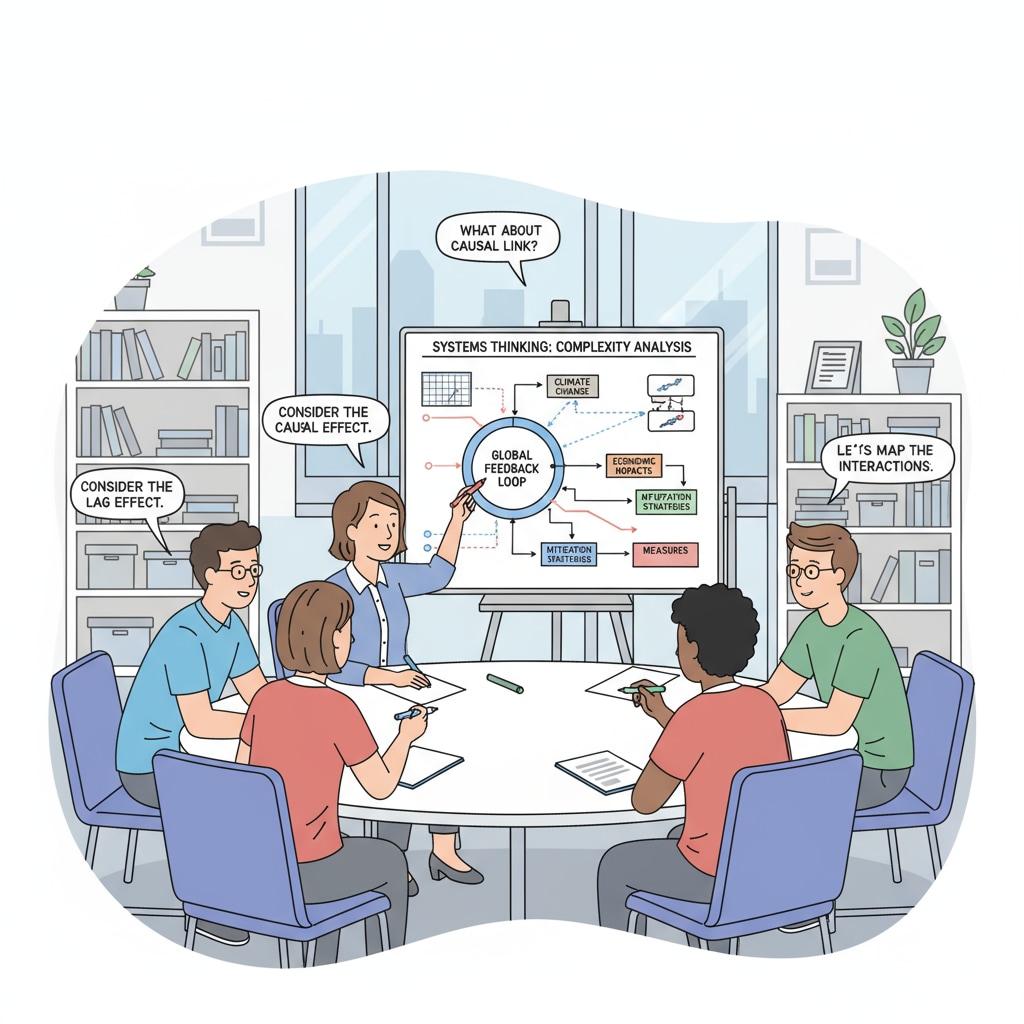Learning methods play a crucial role in helping K12 students achieve high scores, especially the elusive 90% mark. In this article, we will explore how students can build an efficient learning system to reach this academic milestone.
Building a Complete Learning Loop
A complete learning loop is the foundation for achieving high scores. It consists of several key steps. First, students need to set clear learning goals. For example, instead of a vague goal like “do well in math,” a clear goal would be “score 90% or above in the next math test by mastering quadratic equations.” Setting goals effectively helps students stay focused.

Next is the learning phase. This involves active engagement with the material, such as taking detailed notes in class, asking questions, and participating in discussions. After learning, practicing is essential. Students should solve a variety of problems related to what they have learned to reinforce their understanding. Finally, evaluation is crucial. By reviewing test results and assignments, students can identify areas for improvement and adjust their learning strategies accordingly.
Mastering Deep Learning Techniques
Deep learning goes beyond surface – level memorization. One effective technique is summarization. Students can summarize the main ideas of a chapter or a lecture in their own words. This not only helps them remember the information better but also forces them to understand it at a deeper level. Another technique is elaboration. For instance, when learning a historical event, students can think about its causes, consequences, and how it relates to other events. Understanding learning theories can provide more insights into deep learning.

Visualization is also a powerful deep – learning tool. Creating mind maps or diagrams can help students organize information and see the relationships between different concepts. For example, in a biology class, a mind map of the human digestive system can make it easier to understand the flow of food and the functions of different organs.
To cultivate metacognitive abilities, students can start by reflecting on their learning process. After a study session, they can ask themselves questions like “What did I learn well? What was difficult? How could I have studied better?” Self – monitoring is another aspect. Students can keep track of their progress over time, such as by comparing their test scores in different units.
In conclusion, by building a complete learning loop, mastering deep learning techniques, and cultivating metacognitive abilities, K12 students can develop an efficient learning system that will help them achieve high scores, often reaching the 90% mark. These methods not only enhance academic performance but also contribute to students’ long – term learning skills and mental well – being.
Readability guidance: The article uses short paragraphs and lists to summarize key points. Each H2 section provides a list of relevant learning strategies. The proportion of passive voice and long sentences is controlled, and transition words like “first,” “next,” “finally” are used to enhance readability.


